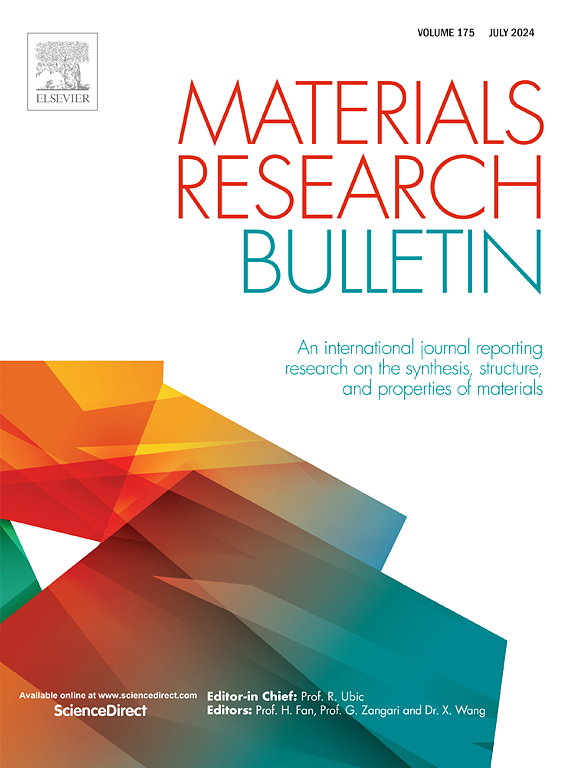Influence of trace tungsten contents on thin-film properties and electromigration behaviors of electroless-deposited cobalt interconnect lines
IF 5.3
3区 材料科学
Q2 MATERIALS SCIENCE, MULTIDISCIPLINARY
引用次数: 0
Abstract
Electroless-plated cobalt alloys with tungsten typically exceeding 5 at.% are the common barrier materials for copper metallization. As cobalt is a new interconnect material for advanced microchips, it is worth studying the advanced cobalt-interconnect metallization process that involves extremely diluted cobalt-tungsten (CoW) alloys with an eliminated impurity resistivity and enhanced electromigration reliability. To this aim, we fabricated three different CoW nanolines with 0.03, 0.06 and 0.11 at.% of W using an electroless process, and examined their electromigration behaviors under accelerated stressing conditions, using Co lines as a control. All three W contents, especially 0.06 at.%, mitigate Co electromigration. The mechanism for the electromigration mitigation is due to an improvement of the film's nanomechanical and surface wetting properties, as well as grain-structure refinements. A full account of the relationship between the film properties, grain structures and electromigration testing results is given, reasonably explaining the cause of the reliability optimization.

求助全文
约1分钟内获得全文
求助全文
来源期刊

Materials Research Bulletin
工程技术-材料科学:综合
CiteScore
9.80
自引率
5.60%
发文量
372
审稿时长
42 days
期刊介绍:
Materials Research Bulletin is an international journal reporting high-impact research on processing-structure-property relationships in functional materials and nanomaterials with interesting electronic, magnetic, optical, thermal, mechanical or catalytic properties. Papers purely on thermodynamics or theoretical calculations (e.g., density functional theory) do not fall within the scope of the journal unless they also demonstrate a clear link to physical properties. Topics covered include functional materials (e.g., dielectrics, pyroelectrics, piezoelectrics, ferroelectrics, relaxors, thermoelectrics, etc.); electrochemistry and solid-state ionics (e.g., photovoltaics, batteries, sensors, and fuel cells); nanomaterials, graphene, and nanocomposites; luminescence and photocatalysis; crystal-structure and defect-structure analysis; novel electronics; non-crystalline solids; flexible electronics; protein-material interactions; and polymeric ion-exchange membranes.
 求助内容:
求助内容: 应助结果提醒方式:
应助结果提醒方式:


